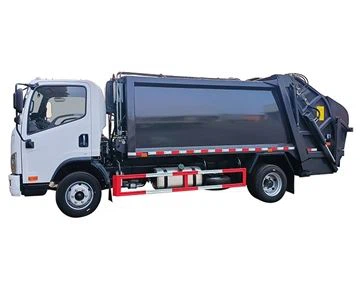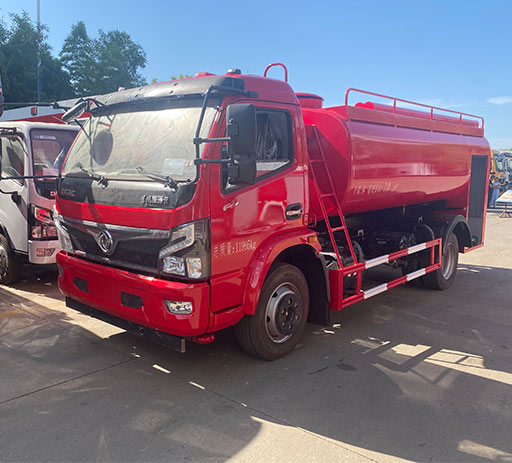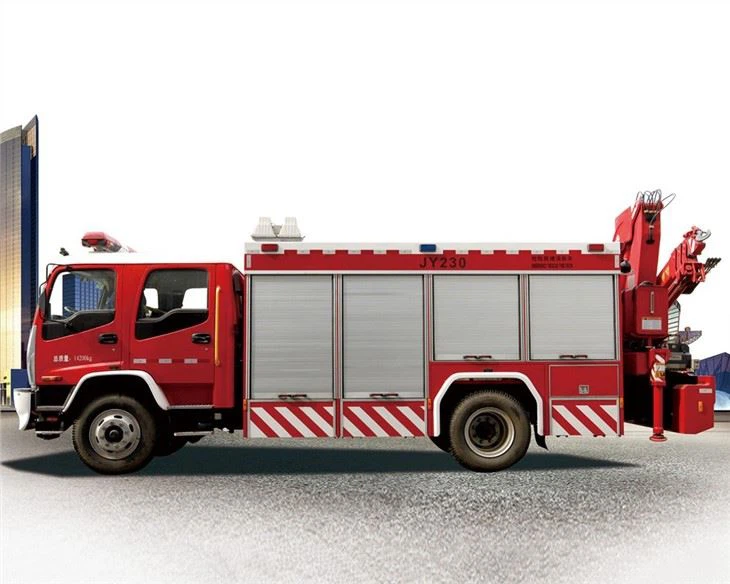Everything You Need to Know About Global Sweepers

Introduction
In today’s fast-paced and interconnected world, effective cleaning solutions are vital for maintaining both urban and rural environments. Among these solutions, global sweepers play a crucial role in ensuring cleanliness and hygiene. This article delves into the world of global sweepers, covering their types, applications, benefits, and various examples. Whether you are a municipal manager, facility maintenance executive, or just curious about cleaning technology, this comprehensive guide will provide valuable insights into global sweepers.
What is a Global Sweeper?
A global sweeper is a specialized type of cleaning equipment used to remove debris, dust, and waste from various surfaces. These machines are often employed in commercial, industrial, and municipal settings. By utilizing advanced technology, global sweepers can effectively clean large areas in a fraction of the time it would take to do so manually.
Types of Global Sweepers
Global sweepers are categorized based on their design and functionality. Here are the main types:
1. Ride-On Sweepers
Ride-on sweepers are designed for operators to sit while cleaning. They are ideal for large areas like parking lots or industrial facilities. These sweepers combine efficiency with user comfort, allowing for extended periods of operation without fatigue.
2. Walk-Behind Sweepers
These are smaller, portable sweepers operated by walking behind them. They are perfect for smaller areas such as warehouses, sidewalks, and event venues where maneuverability is essential.
3. Vacuum Sweepers
Vacuum sweepers use suction along with brushes to pick up debris, making them highly effective in various environments, including roads and construction sites. They are designed to handle finer particles like dust.
4. Road Sweepers
Primarily used for municipal street cleaning, road sweepers are equipped with large brushes and suction systems. Their primary purpose is to maintain the streets and highways by removing litter and debris.
5. Industrial Sweepers
These specialized sweepers are designed for heavy-duty cleaning in warehouses and manufacturing plants. They are built to handle larger debris and more challenging surfaces.
6. Electric Sweepers
As companies move toward more eco-friendly solutions, electric sweepers have gained popularity. They operate quietly and without emissions, making them perfect for indoor environments or urban areas.
Applications of Global Sweepers
Global sweepers find applications in various settings. Below are some common uses:
Municipal Cleaning
Cities utilize global sweepers to maintain public streets, parks, and sidewalks. Regular cleaning helps reduce litter and enhances the overall aesthetics of the area.

Industrial Cleaning
Factories and warehouses require frequent cleaning to maintain safety and hygiene. Global sweepers help manage dust and debris, ensuring compliance with safety regulations.
Pavement Maintenance
Paved surfaces can accumulate dirt and litter, making global sweepers essential for maintaining the appearance and safety of roads and walkways.
Event Cleanup
Festivals, concerts, and other events generate significant waste. Global sweepers assist in rapid cleanup to make venues usable again promptly.
Benefits of Using Global Sweepers
Investing in global sweepers provides numerous advantages for businesses and municipalities alike.
1. Time Efficiency
Global sweepers can clean vast areas quickly, freeing up time for personnel to focus on other tasks.
2. Cost-Effectiveness
Though the initial investment may be high, the long-term savings in labor and downtime make global sweepers a financially sound choice.
3. Higher Cleaning Standards
With advanced technology, global sweepers can achieve a level of cleanliness that manual cleaning often cannot match.
4. Environmental Impact
Modern global sweepers are designed to minimize environmental impact, utilizing less water and energy compared to traditional cleaning methods.
5. Enhanced Safety
Keeping areas clean helps reduce accidents, particularly in industrial settings, by ensuring that debris does not obstruct pathways.
Practical Tips for Choosing a Global Sweeper
When selecting a global sweeper for your needs, consider the following factors:
1. Assess the Space to be Cleaned
Knowing the size and type of the space (indoor or outdoor) will help you select an appropriate model.
2. Evaluate the Type of Debris
Consider the kind of debris you need to clear. Some sweepers work better with fine dust, while others are optimized for larger debris.
3. Budget Considerations
Plan your budget, including maintenance and operation costs. Understand the total cost of ownership beyond just the purchase price.
4. Check for Technology Features
Modern global sweepers come equipped with various technologies such as GPS tracking, real-time monitoring, and advanced filtration systems. These can enhance their efficiency and ease of use.
5. Read Reviews and Get Recommendations
Research different models, read user reviews, and seek recommendations from colleagues or industry experts to make an informed decision.
Leading Brands of Global Sweepers
There are several well-known manufacturers of global sweepers, each offering unique features and benefits. Here are a few notable brands:
1. Tennant
Tennant is renowned for its innovative cleaning solutions, including a wide range of global sweepers that focus on sustainability and efficiency.
2. Nilfisk
Nilfisk products are known for their high-performance capabilities and user-friendly designs, making them a popular choice for both industrial and municipal applications.
3. Hako
Hako specializes in compact cleaning machines suitable for narrow spaces, making their sweepers ideal for urban environments.
4. Elgin
Elgin is a leader in street sweeping technology, offering various models tailored for municipal applications.
5. Boschung
Swiss-based Boschung provides advanced machinery for city and road maintenance, focusing on environmental welfare and efficiency.
Maintenance Tips for Global Sweepers
Proper maintenance of global sweepers is essential to ensure their optimal performance and longevity. Here are some tips:
1. Regular Inspections

Conduct routine checks for wear and tear, especially on brushes and filters, to maintain optimal performance.
2. Clean the Filters
Regularly clean or replace the dust filters, as clogged filters can reduce efficiency and performance.
3. Check Fluid Levels
Monitor oil, fuel, and hydraulic fluid levels to ensure the machine operates smoothly.
4. Keep Wheels and Tires Maintained
Ensure that tires are always properly inflated and in good condition for effective mobility.
5. Store Properly
When not in use, store sweepers in a protected environment to prevent wear from weather conditions or debris accumulation.
Conclusion
Global sweepers are indispensable tools for maintaining cleanliness in various environments. Understanding their functionality, applications, and maintenance requirements can lead to more efficient cleansing operations. Investing in the right equipment not only streamlines processes but also contributes positively to the community’s environmental welfare.
FAQ
1. What is the average lifespan of a global sweeper?
The average lifespan of a global sweeper is typically around 5 to 10 years, depending on usage and maintenance.

2. How often should I use a global sweeper?
The frequency of use depends on the area and amount of debris. Generally, regularly scheduled use is recommended, particularly in high-traffic areas.
3. Are electric sweepers as effective as gas-powered ones?
Yes, electric sweepers can be just as effective, often offering quiet operation and reduced emissions, making them suitable for indoor cleaning.
4. What type of waste can global sweepers handle?
Global sweepers can handle various debris types, including leaves, litter, dust, and even small gravel. However, the specific capabilities depend on the model.
5. How much do global sweepers cost?
The cost of global sweepers varies widely based on type and features, ranging from a few thousand to several tens of thousands of dollars.
6. Can global sweepers clean in wet conditions?
Many modern global sweepers are designed to operate in light rain or wet conditions but check the manufacturer’s specifications for detailed capabilities.
